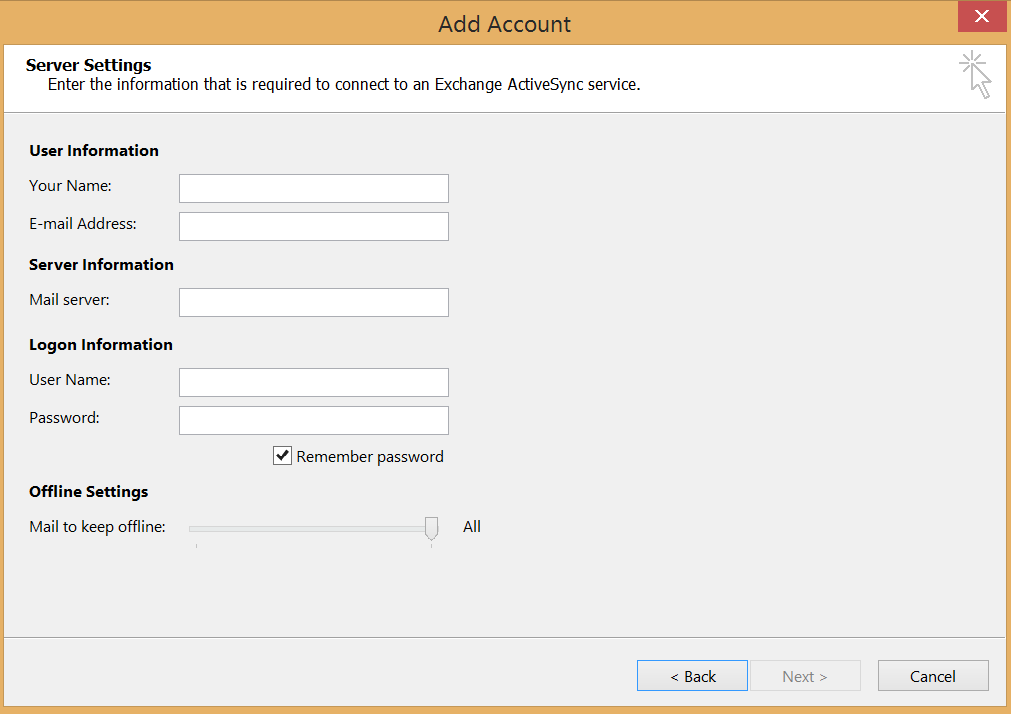BYOD solution for your network - Part 2

In part 2 of my recommendation I look at bring your own device (BYOD). I'd consider my recommendation as a simple and somewhat sane method that also addresses a fair but low friction way to enable BYOD as a corporate device. In a recent Gartner report, 80% of CIO's say they will allow users to BYOD by end of 2016, making a individually owned devices a norm. This could be looked at as a risky proposition as these potentially unhygienic devices become welcome on your corporate network, and could cause havoc. On the other hand, BYOD maybe a way to save money, and increase your users satisfaction, and productivity. I've outline six simple steps to consider when you get ready to make the plunge to bring BYOD to your world. Step 1 - Decide and understand your device ownership model. The two scenarios on ownership are corporate owned/managed, and user owned/managed. Most likely if the device is owned by a corporation it will be mana...


